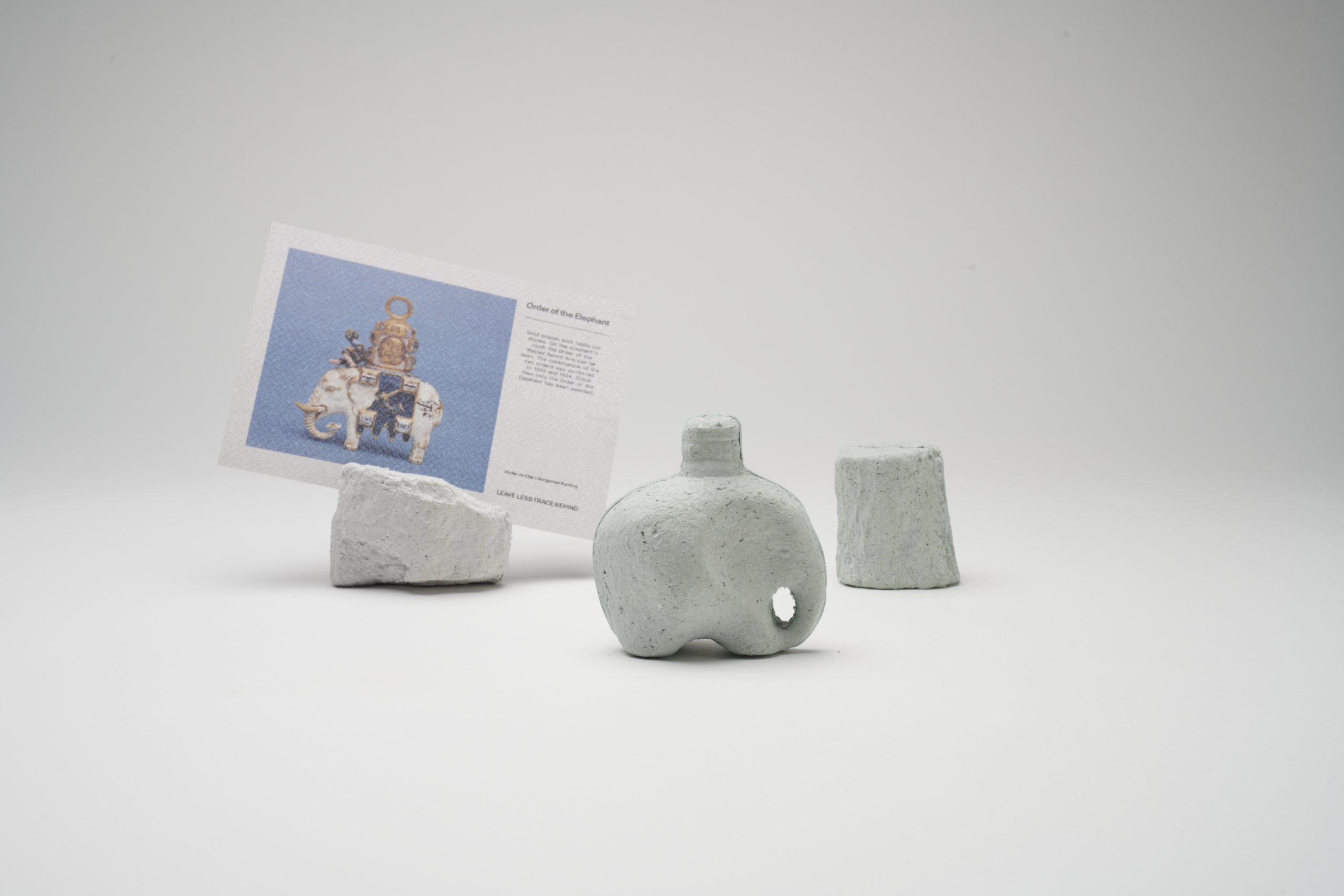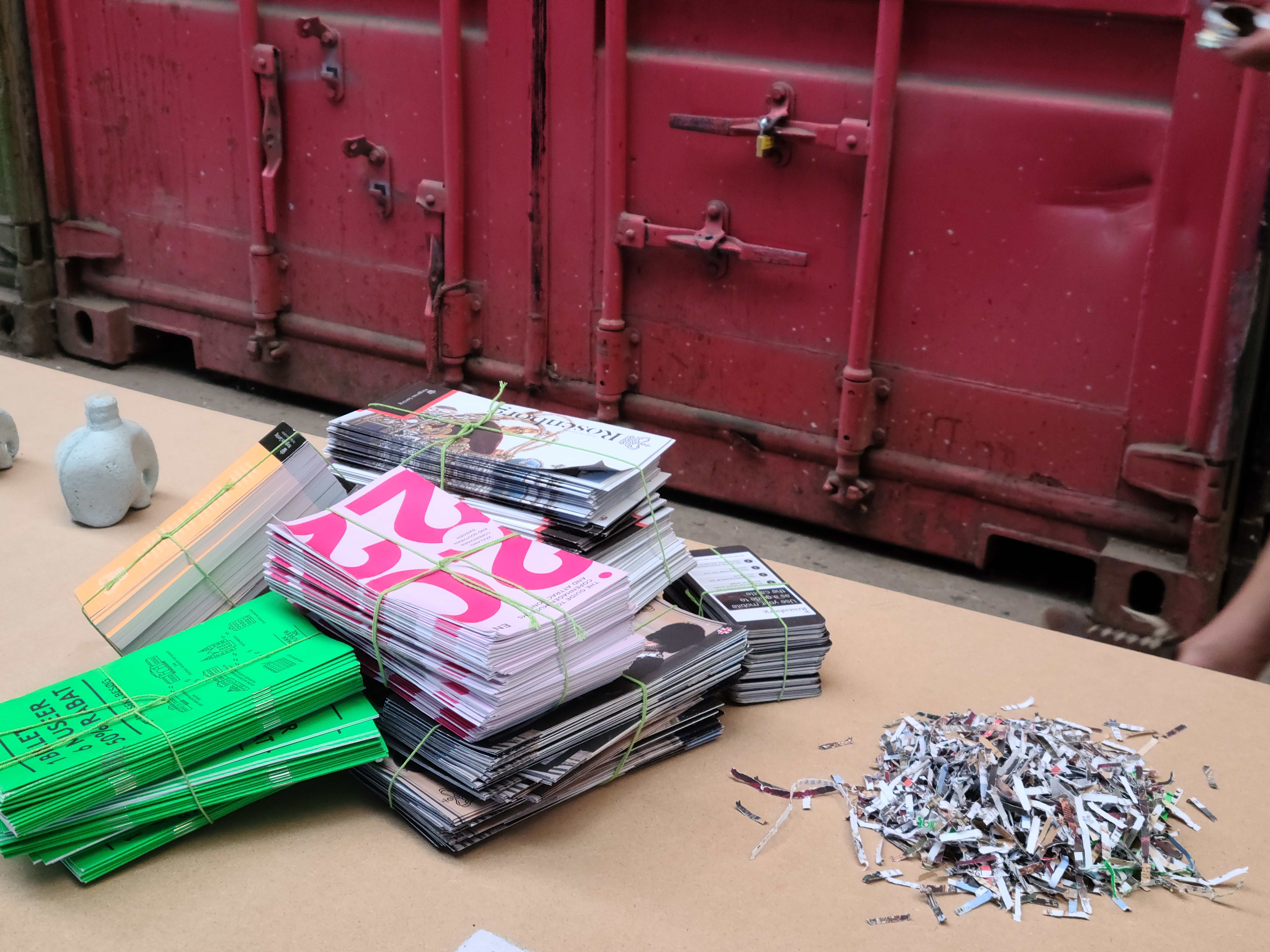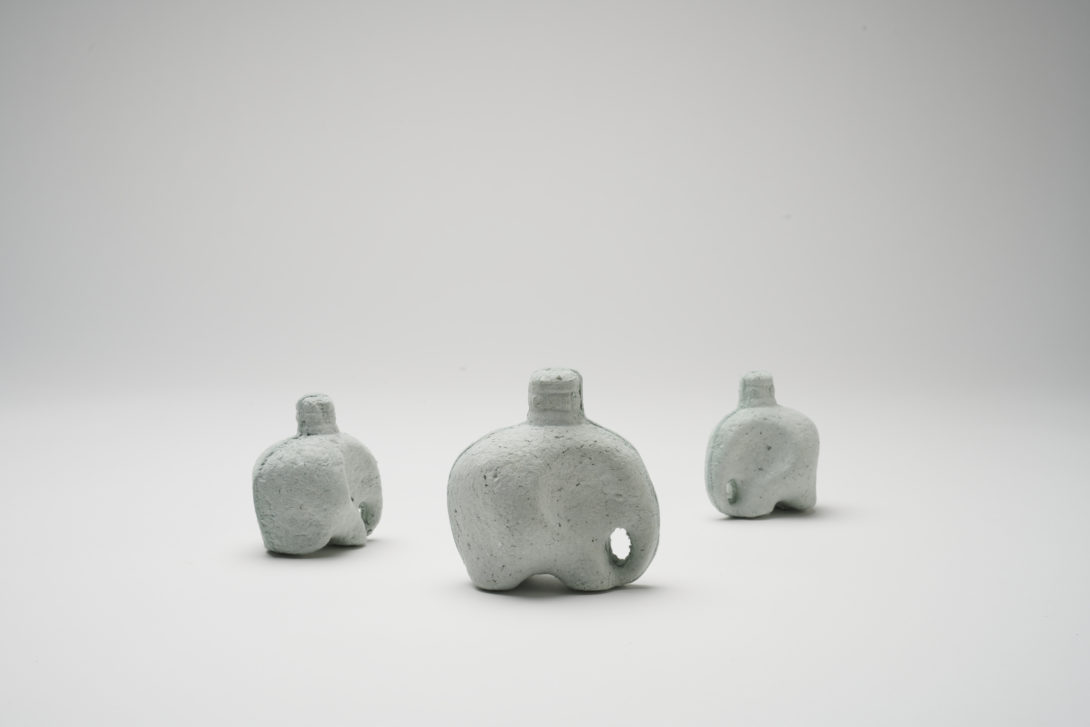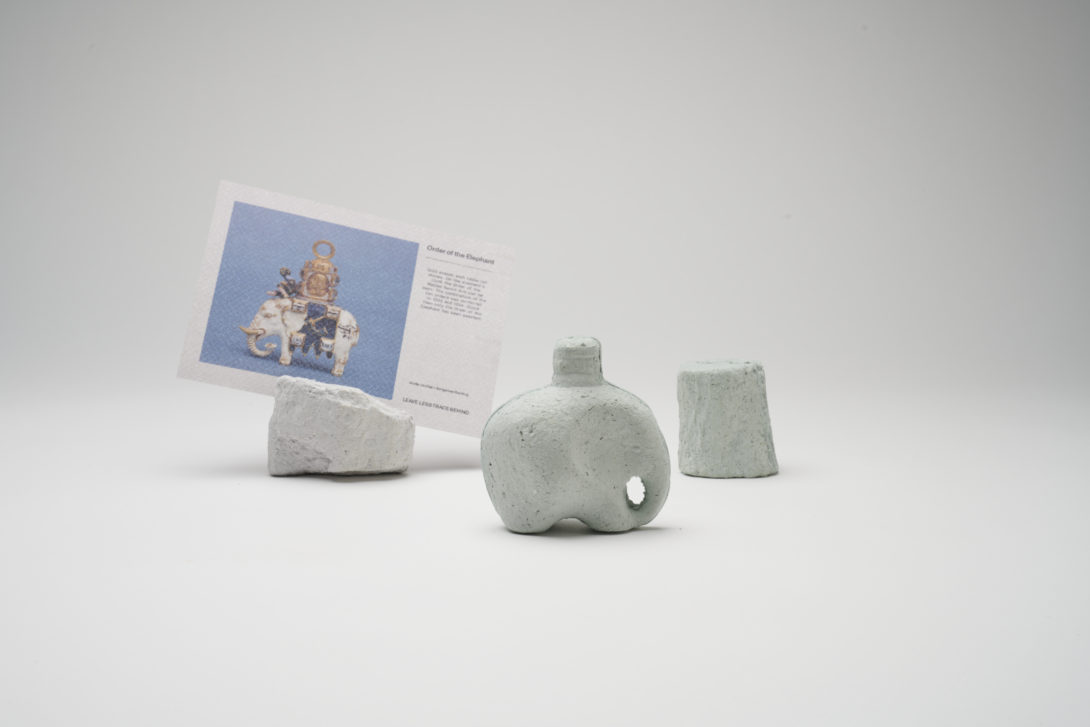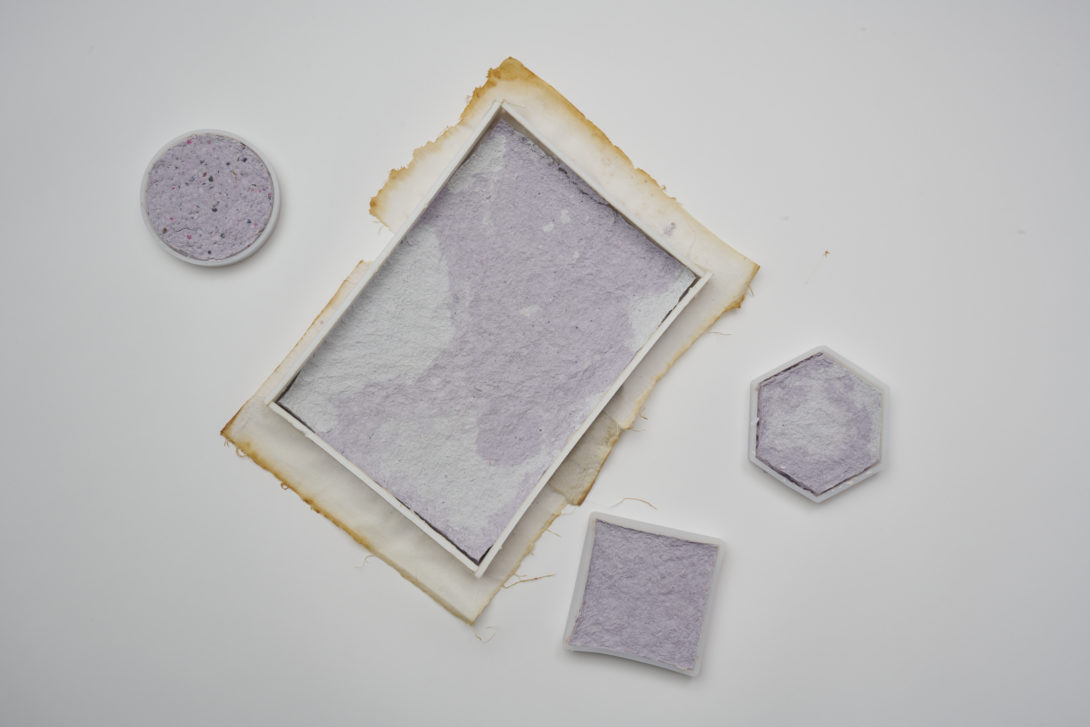Supporting closed loop material flows in locally productive cities – urban mining
The latest ‘Emissions Gap Report 2023: Broken Record – Temperatures hit new highs, yet world fails to cut emissions (again)’ by the United Nations Environment Programme (UNEP) articulates insurmountable challenges regarding the global community’s goals around CO2 reductions and climate action. Unfortunately, it is made clear that we will not only find it difficult (if not impossible) to reach the objectives of the Paris Agreement, but will also exceed these objectives by lengths, which only can be seen as very disturbing in the context of the planetary boundaries (Emission Gap Report 2023 – Key Messages). From a national perspective in Denmark we are experiencing how the industry, organisations and entrepreneurs are demanding a policy change and supporting Reduction Roadmap’s GWP requirement of 5,8 kg CO2eq/m2/year (1 | 2).
At Maker we have been working with projects targeting the circular economy in cities on different levels. In late September Maker and other great partners hosted and facilitated an exhibition within three main themes and topics relating to circular construction in regenerative cities; 1) Urban Mining, 2) Design for future transformation and 3) Design for disassembly and flexibility. The exhibition was a culmination of a 4 years Horizon 2020 EU funded project, CIRCuIT. The theoretical point of view in this article is therefore primarily based on concepts, guidelines and results from the CIRCuIT project, and is continually put in relation to Distributed Design.
This article will expand on the concept of ‘urban mining’ and regenerative cities in relation to independent physical entrepreneurs and the potentials of distributed design, sourcing of materials and distributed production. This is supported by a continuous parallel to the objective of Reduction Roadmap, which not only counts actors within the build environment, but also suggests how e.g. designers, architects and makers can and should transform their practice to become regenerative and circular.
As a continuation of the topic this article articulates a local case from Copenhagen-based design studio and 2023 Distributed Design talents, Studio CircOlar. Lastly, the article will sum up and share open source tools, resources and knowledge from Maker’s national and international community. The aim here is to not only inspire, but to actually support physical entrepreneurs, makers and designers in realizing a circular transition.
Local case: Studio CircOlar
A New Life for Paper
Studio CircOlar is a Copenhagen-based design studio focusing on upcycling paper waste from the tourist industry into new products and artifacts. After each exhibition, museums discard significant amounts of brochures, posters, books and other paper stocks.
Typically, paper is downcycled up to 7 times to cardboard. The people behind Studio CircOlar therefore discover paper’s untapped potential and upcycle museums’ waste into souvenirs. Their approach encourages appreciation for our shared resources while leaving less trace behind.
In order to set up a material flow and supply chain based on waste materials partnerships and collaborations become crucial. This is a human resource heavy approach, but since the field platforms or mediators of new waste materials are limited, this is the reality that many small design studios face. The upside of independently establishing these waste stream partnerships is the relation building and deep understanding of the supply chain.
Studio CircOlar works closely with Kongernes Samling to recover waste materials. As part of their Distributed Design residency and daily practice they process the waste materials, design with paper waste as the focal point, and transform it into souvenirs, products and other artifacts.
Within only 4 months, Studio CircOlar has collected 381 books, 16,200 brochures, and 16,050 bookmarks, among others. Even though paper is commonly understood as the most recyclable material in the world, there is still 26% of paper that ends up in landfills. Still, if paper is sorted correctly, it can only be downcycled up to seven times to cardboards, egg boxes and newspapers. But it is such a beautiful material that serves as a carrier for images and texts, and can even become an object itself.
Unearthing Treasure in Our Cities: The Power of Urban Mining in Distributed Design
In our ever-growing urban landscapes, we often overlook the hidden treasure troves buried beneath our feet. Urban mining, a concept that has gained prominence in recent years, is transforming the way we think about sustainability and resource management. When integrated with the principles of distributed design, urban mining becomes a potent tool for creating a more sustainable and circular economy.
The Urban Mining Revolution
Urban mining, at its core, involves the process of recovering valuable resources and materials from the built environment and general resource streams in cities. This concept not only reduces the pressure on primary resource extraction but also mitigates the environmental impact associated with resource flows and waste disposal. Traditional mining operations are not only resource-intensive but often come with devastating ecological consequences, making urban mining a compelling alternative. At its core urban mining enables higher degree for recirculation of materials and resources – utilizing an ecosystemic approach based on distributed material and resource mapping as well as sourcing.
The Rise of Distributed Design
Distributed design is an innovative approach to designing and producing goods and solutions, where production is decentralized and often carried out by a network of individuals or small-scale manufacturing units. This design philosophy leverages technology, such as digital fabrication tools and open-source collaboration, to create a more sustainable and adaptable production model. Distributed design prioritizes resource efficiency and customizability, aligning well with the principles of urban mining. (https://distributeddesign.eu/about/)
Synergy Between Urban Mining and Distributed Design
- Localized Production: Distributed design encourages local manufacturing, which can be supported by the availability of reclaimed materials from urban mining. This promotes resource efficiency and reduces transportation-related emissions.
- Customization: Distributed design allows for the creation of products tailored to specific needs. The materials obtained through urban mining can be repurposed for unique and personalized creations.
- Circular Economy: Urban mining and distributed design are key players in the transition to a circular economy, where resources are continuously reused, remanufactured, and recycled, reducing the need for new resource extraction.
- Community Engagement: Both urban mining and distributed design foster community involvement. Local residents can participate in the collection of recyclable materials and the creation of innovative products, strengthening community ties and promoting sustainability.
Challenges and Future Prospects
While the potential benefits of urban mining and distributed design are immense, they come with challenges. These include logistical issues, quality assurance, collaboration models and mediating infrastructures for materials, and regulatory hurdles. However, as technology continues to advance, and societies place a greater emphasis on sustainability, these challenges can be overcome.
In conclusion, the synergy between urban mining and distributed design holds the promise of transforming our cities into hubs of sustainability, where the streets we walk on, the buildings we live in, and the products we use are all part of a circular and resource-efficient ecosystem. By embracing these principles, we can unearth treasure where we least expect it, creating a more sustainable, resilient, and prosperous future.
As urban mining and distributed design continue to evolve, the potential for innovation and positive change in our cities becomes increasingly evident. It’s an exciting journey into the future, where the old can be reborn as the new, and where the act of creating and recycling goes hand in hand with urban development.
